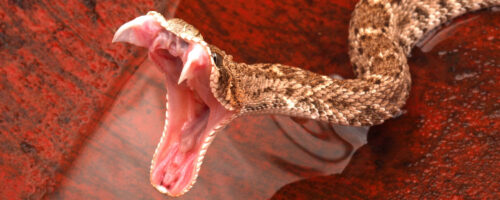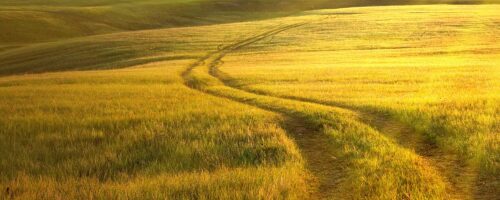Livestock producers in the southern Great Plains should not overlook johnsongrass in their pastures. For one thing, under certain conditions it can kill your cattle. Another reason not to overlook johnsongrass is that it is excellent forage – if you can get over the fact that it can kill your cattle!
Positive aspects of johnsongrass
As far as nutritive value is concerned, johnsongrass is tough to beat. One study conducted at the Noble Research Institute from the summer of 1999 to the fall of 2001 showed that the quality, expressed as percent crude protein (% CP), and digestibility, expressed as percent total digestible nutrients (% TDN), of johnsongrass is as good as any of the forages tested (Figure 1). In this study, bermudagrass was neck and neck with johnsongrass in terms of % CP and % TDN. The bermudagrass was a managed stand and was fertilized with 50 to 100 pounds per acre of actual nitrogen. The johnsongrass was unfertilized and unmanaged.

In another Noble Research Institute study that was initiated in the summer of 2007 and is ongoing in 2008, the palatability of several warm-season grasses is being evaluated by forage connoisseurs – yearling steers. In the study, three yearling steers have access to plots containing pure stands of 14 different warm-season perennial grasses (both native and introduced). We count the bites of each steer during their morning grazing to determine their preference for a particular grass or grasses.
After one year of data collection consisting of two grazing cycles conducted during the summer of 2007, johnsongrass came out near the top in this study. Alamo switchgrass was the only other grass in the study that had more bites taken of it than johnsongrass in year one (9,262 versus 6,062, respectively). Preliminary data from the first grazing cycle in 2008 show that johnsongrass is the second most preferred grass in the study this year – second to bermudagrass (5,084 vs. 4,625, respectively). A testament to the preference for johnsongrass by livestock can be seen while driving down the road; pastures that are continually grazed generally won’t have any johnsongrass, but you will see it all along the roadside – out of reach of the fenced-in cattle.
Negative aspects of johnsongrass
Johnsongrass is on the noxious weed list in several U.S. states (including Oklahoma) and has even made the list of the 10 most noxious weeds in the world. Johnsongrass can accumulate nitrates during the summer if exposed to several dry, cloudy days in a row. It can also produce prussic acid (hydrogen cyanide) after stressful conditions such as drought, freezing weather or exposure to a herbicide that kills grasses. If your johnsongrass is subjected to any of these conditions, keep cattle away for about a week to allow the prussic acid to dissipate.
For more information on nitrate and prussic acid poisoning, and testing plants for these compounds, please see Drought-Induced Poisonings are Dangerous to Livestock.



Comment